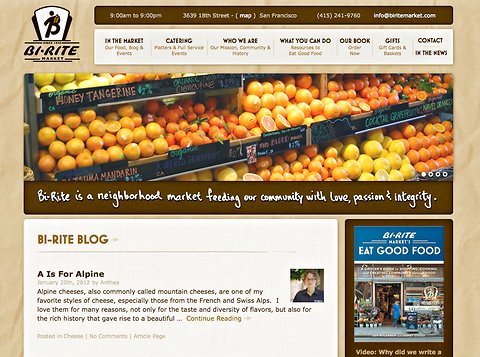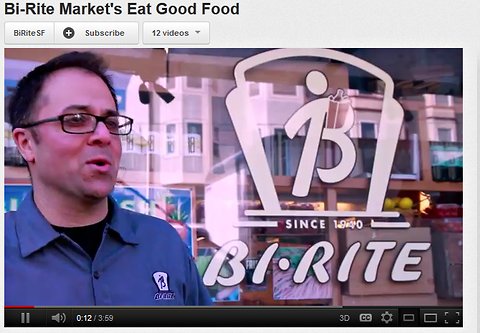The use of social media exploded during the Arab Spring as people turned to cyberspace to express themselves. On the back of that, social media networks, including Twitter, Facebook and LinkedIn, have moved into the region commercially, setting up offices to sell advertising products to companies like Mobily, which has over 200,000 Twitter followers, to capitalize on the growing audience.
“In Saudi, social media gets everyone talking to everyone, which is something we just don’t have in the streets here,” said Muna AbuSulayman, a Saudi development consultant and formerly a popular television talk show host, who has over 100,000 followers on Twitter.
“It’s a unique opportunity that lets people have conversations in a boundary-less way that wasn’t possible before,” Ms. AbuSulayman said. “In addition to promoting social and political discussion, it carries a powerful economic incentive for businesses, too.”
The rise of social media in the Arab world is changing the game for regional advertisers, pushing growth in digital advertising in a part of the world where traditional methods like television and print advertising have so far remained dominant.
Digital advertising in the Middle East and North Africa accounts for only about 4 percent of the region’s total advertising spending, at a value of $200 million, according to the most recent available estimate, but it has become the fastest-growing media platform in the region, said a study by the business services firm Deloitte Touche Tohmatsu, published in 2011. Deloitte’s Arab Media Outlook projected growth in digital advertising spending in the region of 35 percent a year over the next three years, generating about $580 million across the region by 2015.
“The fact is that consumers are online, so brands need to be online,” said Reda Raad, chief operating officer of TBWARaad, the Middle East arm of the global advertising agency TWBA. “The use of digital channels has continued to increase dramatically after the Arab Spring and advertising on social media has become a highly targeted, cost-efficient way of communicating with consumers.”
Major brands, including Pepsi Arabia, are taking note. Saudi Arabia has the highest number of Twitter users in the Arab world, holding 38 percent of the region’s two million users, according to a report by the Dubai School of Government’s Arab Social Media Report released in June. In the past year alone, the number of Twitter users in the Arab world tripled, according to Shailesh Rao, Twitter’s vice president for international operations.
Thanks to the platform’s popularity in Saudi Arabia, Egypt, Kuwait and the United Arab Emirates, Arabic is now the fastest-growing language on the Twitter platform.
“We prioritized a list of regions where we wanted to have a business presence, and the Mideast rises toward the top because the region’s user base is one of the fastest-growing in the world,” Mr. Rao said during an interview. “This represents a huge opportunity for brands looking for a large audience that is rapidly growing.”
Twitter has formed a partnership with the Egyptian digital advertising company Connect Ads to market and sell advertising services across the Middle East and North Africa region. Connect Ads will offer brand managers and marketers Twitter’s products, which include promoted tweets, promoted accounts and promoted trends.
Through these, a brand can reach broad Twitter audiences or more narrowly defined geographic or demographic segments. They can even target users of specific smartphone brands, like iPhones. Brands that have signed up so far include Mobily, Pepsi Arabia, the resort company Atlantis The Palm, and the events portal Dubai Calendar.
“Companies can learn a few things about their customers by optimizing for country and targeting those with specific interests,” said Mohamed El Mehairy, managing director of Connect Ads.
“They can probably uncover this type of information through market research,” he added, but it would come “at a higher expense and with more time and effort.”
Article source: http://www.nytimes.com/2013/02/07/world/middleeast/social-media-firms-move-to-capitalize-on-popularity-in-middle-east.html?partner=rss&emc=rss



